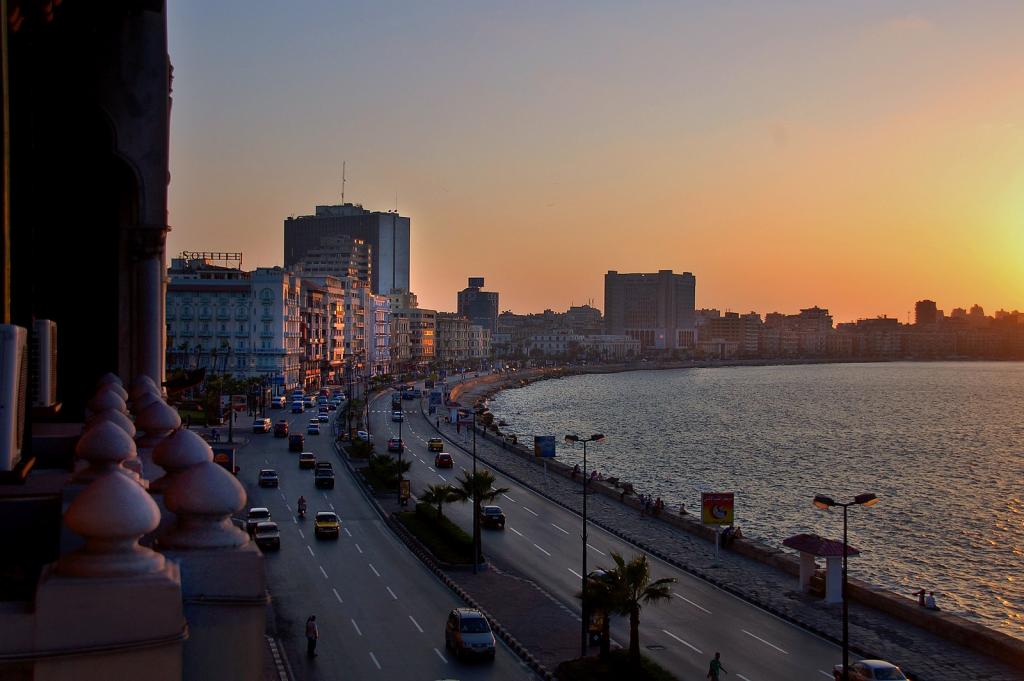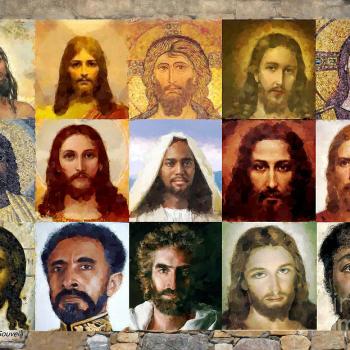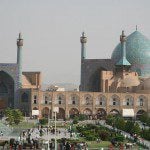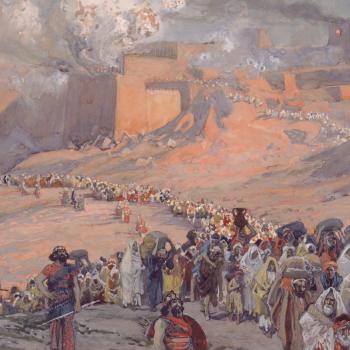
I share some further notes from Gilles Kepel, Jihad: The Trail of Political Islam, translated by Anthony F. Roberts (Cambridge, MA: Belknap Press, Harvard University Press, 2002). These come from pages 81-88:
The Gamaat Islamiyya or “Islamic Associations” became prominent in Egypt during the summer of 1973, just prior to Egypt’s “October War” with Israel, with summer camps organized for university students. In 1974, convinced that the threat from leftist students was no longer a serious one, Egyptian president Anwar Sadat democratized the Egyptian Students’ Union. In 1977, the Gamaat won a majority in the Union.
The success of the associations was due mainly to their offer of an “Islamic solution” to the social crisis that was affecting Egyptian universities at the time. In the 1970s, the numbers of Egyptian students more than doubled to half a million, while university infrastructures remain unchanged. As a result, learning conditions degenerated alarmingly and a chasm opened between the cultural aspirations of the students — many of whom were the first in their families to attend university — and their ability to find jobs. . . .
On the level where students actually lived, the associations were masters at combining practical services with the inculcation of moral standards. For example, when the students were confronted with hideously overcrowded transportation systems, the Islamists used generous donations to purchase minibuses for women students. When this service became overwhelmingly popular, they restricted it to those women who wore the veil. . . . Similarly, to reduce the discomfort and harassment that overcrowding in classrooms caused to female students, Islamists responded by segregating the sexes — which in the beginning was something of a relief to the girls. The same approach was applied to dress. “Islamic garments” (veil, long, billowing cloak, and gloves) were offered to students for next to no cost, as a response to a social problem, namely, the high cost of fashionable clothes. But this uniform, worn by hundreds of students, had the added effect of demonstrating visually the Islamists’ cultural control over the universities. (81-82)
Until November 1977, when President Sadat flew to Jerusalem in order to initiate a peace process with Israel, the Gamaat Islamiyya and the Egyptian government were allies. Sadat, who was also attempting to open a market economy after Nasser’s disastrous Arab socialism, wanted to encourage a socially conservative Islamist movement. He wanted to defend against radicalism, whether of an Islamic sort or from the secular left. Riots against his economic policies had already broken out earlier in the year. Now, though, he was seeking to reach a peace agreement with Israel.
The president could not allow his peace initiative to be called into question, and when Islamists began denouncing “the shameful peace with the Jews,” Sadat dissolved the Egyptian Students’ Union, confiscated the property of the associations, closed their summer camps, and even severely censored the monthly magazine of the Muslim Brothers. (85)
The positions taken by the Islamic intelligentsia, which were perfectly welcome as long as they attacked the Marxists on the left, became a destabilizing factor when they opposed the government’s own policy of peace with Israel. (88)
















